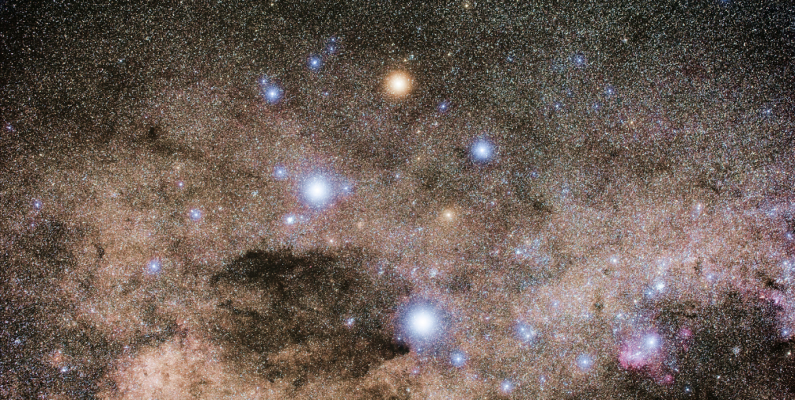
Welcome to the Sky Guide, your monthly guide to what's happening in the heavens!
Check out the printable version here: November-Sky-Guide.pdf
|
MOON MARAMA PHASES: |
SUN RĀ RISE / SUNSET |
|||
|
Phase
3rd Quarter New Moon 1st Quarter Full Moon |
Date
Thursday 1 Thursday 8 Friday 16 Friday 23 |
Date
Thursday 1 Thursday 15 Friday 30) |
Rise
6.15am 5.57am 5.44am |
Set
6.28pm 8.48pm 7.08pm |
|
Planets Whetū Ao: |
|
|
|
|
Mercury Whiro Early November before 10.38pm Mid November before 10.43pm Late November not visible |
Mars Matawhero Early November before 3.47am Mid November before 3.08am Late November 2.27am |
Jupiter Hine-i-tīweka Early November before 10.08pm Mid November before 9.29pm Late November before not visible |
Saturn Pareārau Early November before 1.03am Mid November before 12.13am Late November before 11.20pm |
|
On Scorpius-Ophiuchus border |
In Aquirius |
On Libra-Scorpius border |
In Sagittarius |
NOVEMBER NOEMA HIGHLIGHTS
Cetus
In Greek mythology, the Cetus constellation represents a terrifying sea monster sent by the sea god Poseidon to attack Ethiopia. Poseidon was angry because Cassiopeia, the queen of Ethiopia, had boasted that her daughter Andromeda was more beautiful than all the sea nymphs.
To placate Poseidon, Cassiopeia and her husband chained their daughter to a rock as a sacrifice to the monster. Just as Andromeda was about to be devoured, the great hero Perseus stumbled upon the scene. Perseus saved Andromeda – some say by using the head of Medusa to turn the monster to stone – and married her.
Cetus was often depicted by the Greeks as a hybrid creature with a scaly body and forefeet, and huge jaws. To find Cetus, first look for Aldebaran, the brightest star in Taurus. Travel west from Alderbaran to find the head of Cetus.

Image: The Cetus constellation from Uranographia by Johannes Hevelius. Public Domain Mark.
Aries and Pisces
The Aries constellation represents a flying, golden-fleeced ram. Retrieving the ram’s shining fleece was the goal of the Greek hero, Jason, and his companions the Argonauts.
Pisces is said to represent Aphrodite, the goddess of love, and Eros, the god of attraction, who is known as Cupid in Roman mythology. The couple transformed themselves into fish to escape another terrible monster, Typhon, tying themselves together with rope to ensure they would not lose each other.
To find Aries, look for its brightest star Hamal which is one of the more dazzling stars in the night sky. Travel south-west from Hamal to the ecliptic line to find Pisces. Pisces is part of “the sea” where many water-themed constellations, such as Cetus, Eridanus and Aquarius, can be found.
The Eridanus constellation is known as “the river” and is linked to the story of Phaethon. One day, Phaethon asked his father, the sun god Helios, if he could drive his chariot across the sky. Unable to maintain control of the horses he plunged close to Earth, scorching the plains of Africa. Zeus was so angry with the destruction that he struck Phaethon with a thunderbolt, sending him crashing into the Eridanus River.
Eridanus is most easily found by locating the star Achernar, known as “the mouth of the river”. This bright star is the least known spherical star in the Milky Way galaxy. Called a “pumpkin star” it spins so quickly that it bulges out at the equators, giving it an oblate shape.
Achernar can also be used to find the south celestial pole (SCP). This is the point in the southern hemisphere that stars appear to rotate around during the night, and also acts as a good reference point to find south. To locate the SCP, first find the Southern Cross by lining up the two southern pointer stars (look for Rigil Kentaurus on the star chart), then place your right hand on the star Gacrux. Next, put your left hand on Achernar and clap your hands together. Where they meet in the middle is the SCP.
Top image: Southern Cross. By Naskies. CC BY-SA.
